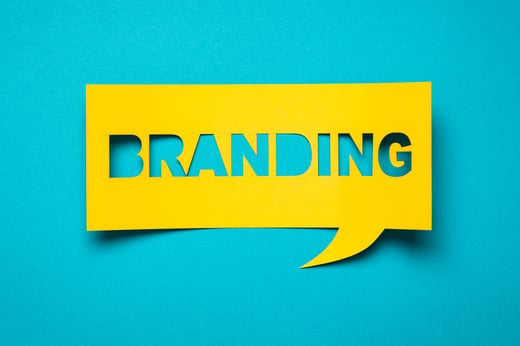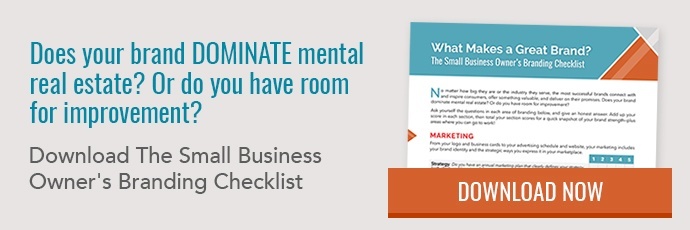 One of the world’s favorite beer commercials doesn’t have much to do with beer but a lot to do with good branding.
One of the world’s favorite beer commercials doesn’t have much to do with beer but a lot to do with good branding.
It’s the Anheuser-Busch ones featuring the Budweiser Clydesdales. A new spot usually premiers every Super Bowl, often with different annual themes – and puppies. The message remains clear: feel good about us and feel good about choosing our product.
It’s a perfect example of the subtle differences between marketing and branding.
Although the beer company’s overall marketing goal is to get more customers buying and drinking, it also creates a message for one specific product line that tugs on people’s heartstrings and hopefully grows their loyalty and appreciation.
Beer companies are particularly proficient at building brands, often focusing on memorable slogans like “The King of Beer” or talking frogs. Then again, part of the reason the “Clydesdale” ad campaign remains effective was that it departs from Bud’s familiar “funny/clever” themes to show that beer can be serious sometimes.
Today, knowing about branding can be crucial as you identify the best methods to promote your product, service, or your entire company. An integrated marketing plan done well can touch on all these and bring in customers as well as get them to like you or continue to do so.
Defining brand
Your brand is what makes your product or service unique from everyone else’s. We define it as whatever elements and feelings distinguish your brand from your competitors.
This can be physical differences like color, size, texture, and even the fonts on packaging. Alternatively, it could be suggested a price, target audience, or how people should feel when they compare yours to others.
For consumers, a favorite brand makes it easy when shopping. Having an emotional connection also makes it easy to recommend a product/service to someone else. People who embrace a brand can also become volunteer ambassadors/advocates – like the decades-old rivalry between Ford and Chevrolet owners.
Fords and Chevys serve the same function, have the same types of parts, and similar prices, but fans of each perceive one as substantially better, have a positive view for others who feel the same, and a negative view for their rivals.
Building the brand
Of course, it takes a concentrated effort to get a consumer to evolve from “what’s this?” to “I love this forever.” Plus, once we find a new brand, it can take nudging to consider adopting it.
But it is possible to start getting people excited, especially with a digital marketing strategy. This begins with identifying your goals (interest, sales, engagements, etc.). Then, choose at least one channel where you think your ideal audience is found. Create something unique for that channel and then monitor the amount and type of activity. Repeat as needed with different channels.
Eventually, you’ll have enough data to indicate which channel has the highest interests and activity. That will provide a guide for adding more resources into for the best return and which is less vital.
Bigger plans
Once a brand has been narrowed, consider ways to support it and associate it with your overall organization. This type of effort benefits from developing an integrated marketing plan where every message is consistent on every channel.
Customers benefit from knowing that a certain brand is part of your organization and vice versa. That’s especially useful if they already are familiar with your overall company. Building on the Ford example, this could be a new type of car, not just a newer model.
Likewise, if you have different looks and feels for certain brands, that can be confusing.
A great marketing strategy can include reaching different audiences on different channels, but all with the same overall goal of boosting the company – think of it as brand awareness for the entire business.
A big part of this type of awareness is establishing trust and letting it grow over time. If you don’t start out there, people’s loyalty will stay weak, making them more susceptible to competing brands. The longer you keep people interested, the easier it is to get them to stay loyal.
Part of this trust requires remaining visible – which means increasing the frequency of messages on different channels. But the payoff is great too – converting people to loyal fans can mean more orders.
Growing value
Besides creating awareness and customer loyalty toward specific products, your brand building efforts can also help increase your business’ overall value. More people are willing to make purchases, they’re more aware of who you are, they trust you, and they’re telling their friends – potentially making them loyal customers as well.
This doesn’t mean being something for everyone. Instead, once you’ve established your target audience, make sure they get most of your positive attention and marketing resources.
Companies that offer useful products or services are certainly great.
But finding ways to create emotional attachments to your brand and then using marketing efforts to expand on them can go a long way in making people excited to shop.
Marketing by itself without a specific brand to promote can make people feel incomplete. But an integrated marketing plan can grow loyalty, whether you’re selling cars, beer, or other goods and services.

